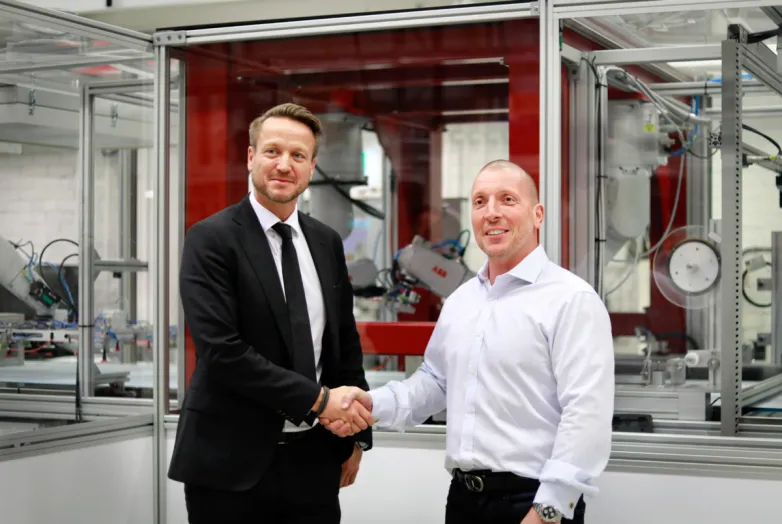Innovative ‘light harvesting material’ will be produced at a new Swedish factory
- Sweden-based solar maker Exeger is building a new factory to manufacture an advanced dye-sensitized material, which is supposed to allow solar-powered portable e-gadgets to operate infinitely with no need for battery recharge.

Swedish solar cell manufacturer Exeger is planning the construction of an advanced dye-sensitized solar cell production facility. It will develop mass production of innovative material supposed to make service life of e-device batteries unlimited.
The fab location is yet unknown. The new plant is predicted to offer hundreds of jobs. The developer will cooperate with Swiss-Swedish electronics giant ABB.
The project has been funded by Japan-based Softbank, Finnish Fortum and Swedish AMF. The newly created solar cells will be integrated into consumer electronic gadgets.
Innovative conductive layer
With ABB assistance, Exeger is going to build a factory tenfold as big as its existing facility. The new fab will actively utilize robots, automation and artificial intelligence. The plant is scheduled to become operational in 2023.
The innovative material will be layer-printed and flexible. Commonly used photovoltaic cells are based on TCO layer, whose conductivity is in fact not very high. In Exeger’s technology, this conductive layer will be presented by the company’s newly developed material, which is said to offer conductivity 1,000 times higher than in normal PV cells. The new substance will improve cells efficiency, which will allow commercializing the production. Though the technology has been inspired by DSSC, the new solution has been considerably modified, so the developer declines its association with Grätzel cells.
Exeger does not refer to its new material in terms of conversion efficiency. When exposed to direct sunlight, the cell’s efficiency is lower than that of Si-based cells. However, it performs much better indoors in artificial light conditions or under umbrella where the light is diffused.
Also read

